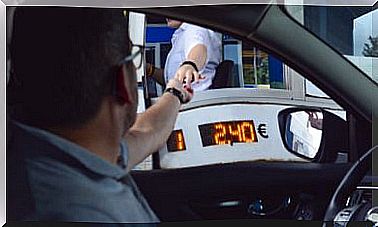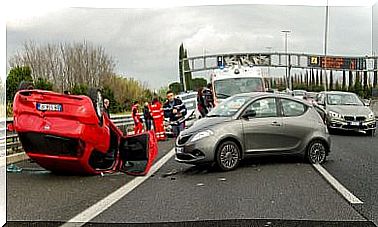The Takumi, The Artisans In Charge Of The Heart Of The Nissan GT-R
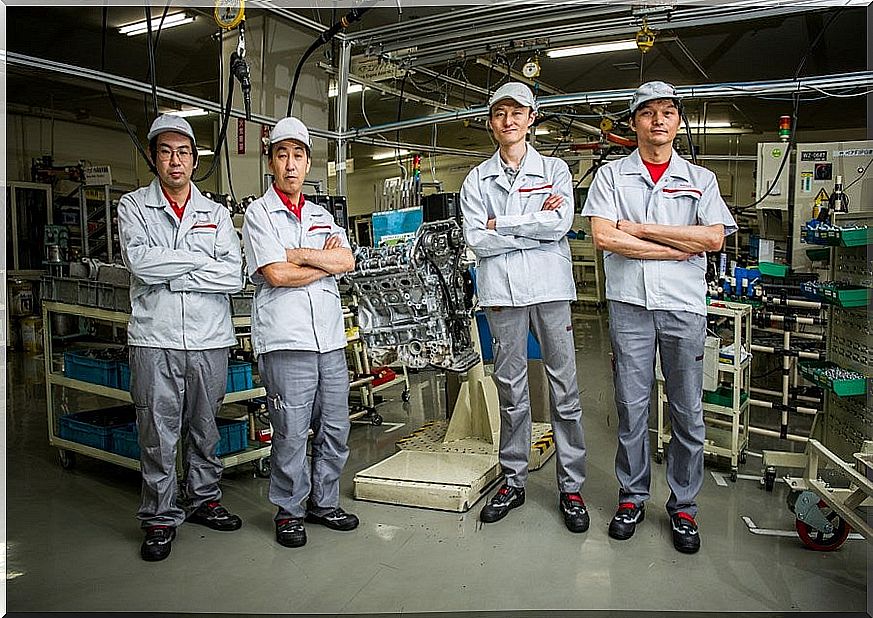
Since it began production of the Nissan GT-R (R35) more than 10 years ago, the Japanese manufacturer has handed over all responsibility for reliability to a small group of mechanics, better known as Takumi. These are responsible for fully assembling the power unit of the Japanese sports car.
In the early days of this practice, Nissan painstakingly selected four of the best-qualified mechanics from common production plants, a number that has now grown to five members to meet the demand. Each of them is proud to be a part of the creation of every GT-R.
The labors of the Takumi
Contrary to what happened with previous deliveries of the GT-R, when the Skyline family still existed, for the R35 the production of the propeller is completely handmade. The firm provides them with a separate department from the rest in which cleaning is taken care of to the maximum.
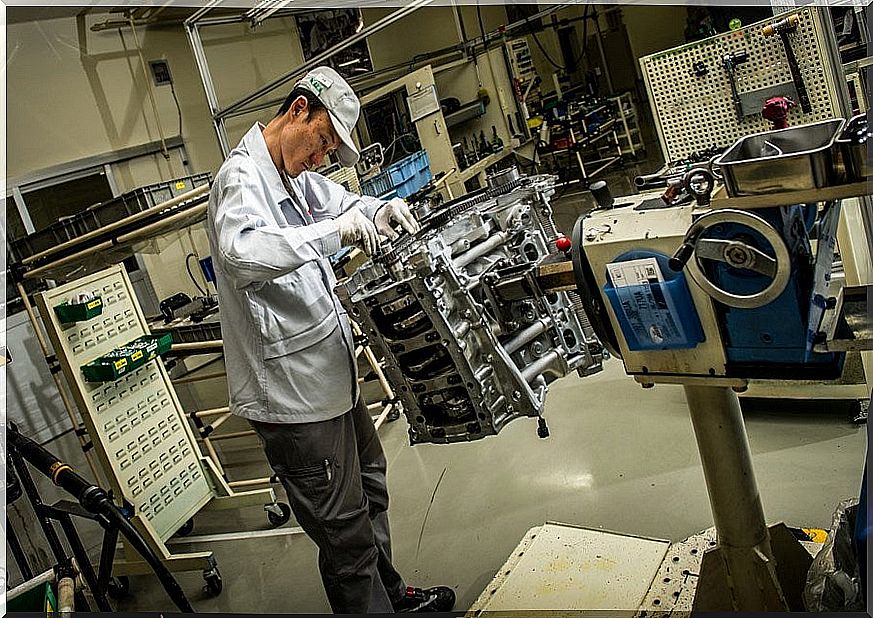
In turn, the Takumi have the necessary tools to assemble each engine completely without the help of automatic mechanisms. The assembly process takes about six hours, followed by a period of testing in a laboratory. Finally, each craftsman leaves his signature on a plate located on the stock.
To make matters worse, the Takumi are not only responsible for producing the engines of the units destined for the public market. In the same production plant, they are also in charge of assembling those engines that will mount the GT-R racing of different modalities: GT3, SuperGT, etc.
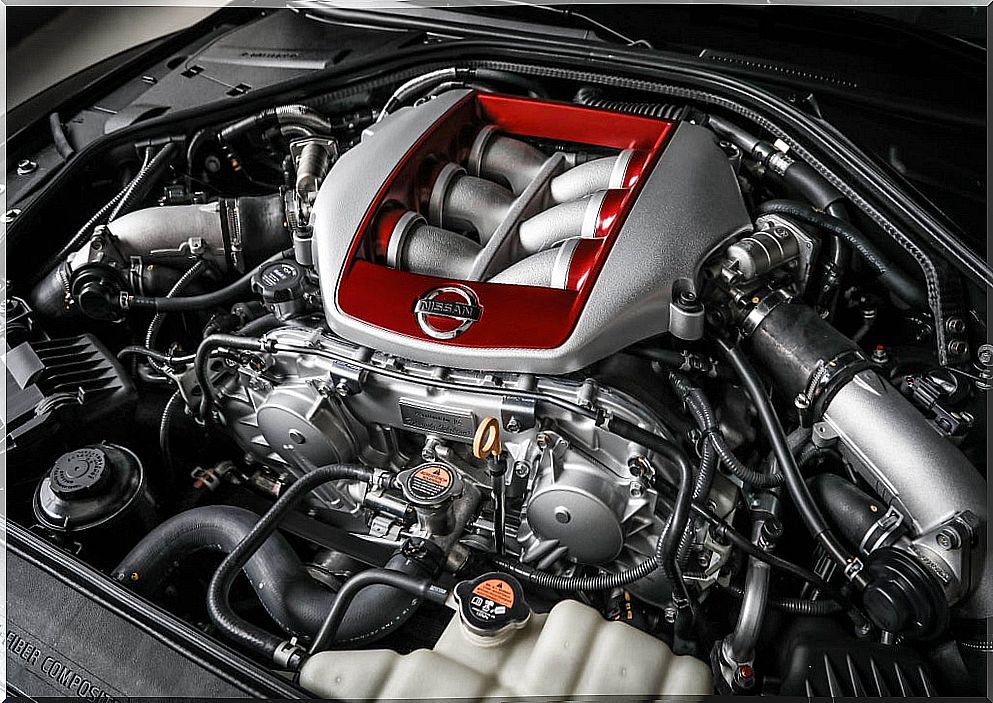
As with the Mercedes-AMG engines, each engine carries a plate signed by the Takumi in charge of its assembly. Not only is it a decorative element, but this way you know who to report any type of failure in case of reliability problems in that unit.
Consequence of artisan production
One of the problems with the Takumi assembling each thruster by hand is that each one delivers a different power figure. Currently, the Nissan GT-R homologates 570 hp in its standard version and 600 hp in its Nismo variant. Both draw power from the same 3.8-liter biturbo V6.
However, it is relatively common to find units of both with more power : they sign even more than 20 extra CV once they pass through the test bench, although there are others that deliver a little less than they should.
This disparity causes that in an acceleration race of two Nissan GT-R that, a priori are the same, never obtain the same results, since one is always superior to the other at the same factory specifications.
An endangered practice
When it comes to manufacturers whose thrusters are assembled by hand, the conversation ends rather soon. In Nissan they have the Takumi dedicated to the GT-R and, as we said, in Mercedes they have the AMG mechanics, although these are based on the work of machines, in a not so pure process.
Like the latter, it could be considered the work carried out by the Ferrari mechanics in the factory they have in Maranello. Unfortunately, we do not have the necessary information to know how far the hand of man goes in the production of Italian propellants.



